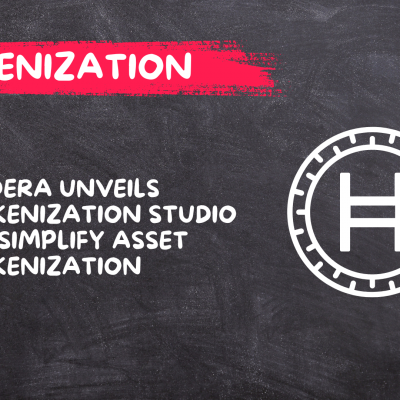The European Central Bank (ECB) has urged banks to be more transparent about risks such as climate change, cybersecurity and changes in the financial system. Without proper disclosure from banking institutions, consumers could turn their backs on conventional services and seek out alternative options for personal finance management like bitcoin.
The “ecb climate risk” is an article that discusses how banks need to get better at announcing the risks of climate change. The European Central Bank has published a report on this topic and it’s consequences for financial stability.
The European Central Bank (ECB) presented an updated evaluation of European banks’ progress in identifying climate and environmental risks as required by the ECB’s November 2021 roadmap on March 14.
Despite improvements since the ECB’s first evaluation in late 2021, no bank completely fulfills supervisory requirements. In the future years, climate legislation and environmental risk disclosures will grow more stringent, as market players and the general public demand more information. As a result, banks must make immediate changes to their processes.
The ECB’s last examination encompassed up to 109 directly monitored banks and was primarily concerned with disclosures at the highest level of consolidation. Supervisors looked at banks’ most current public information as of November 1, 2021, as well as records from the ECB’s climate risk self-assessment exercise in 2021.
More banks are currently disclosing substantial information on climate and environmental risks than they were in 2021. For example, nearly 70% of the banks reviewed now explain how their board manages these risks, compared to only under 50% in 2021.

Nonetheless, there is still a lack of openness in general. Nearly 75% of banks do not disclose whether climate and environmental concerns have a substantial impact on their risk profile, despite the fact that nearly half of those that do not do so have told the ECB that they believe they are exposed to these risks.
Almost 60% of the banks in the study do not explain how risk transfer or physical risk can influence their approach. Bank disclosure metrics also fall short of supervisory standards, with just around half of them reporting essential performance or risk indicators related to climate and environmental hazards.
Furthermore, only 15% of Scope 3 funded emissions are disclosed, which include emissions that occur along the whole value chain of business operations, including those of counterparties tied to loan portfolios.
The majority of these institutions’ environmental and climate risk declarations are insufficiently supported. For example, over a third of the banks that have promised to aligning their exposures with the Paris Agreement have provided no evidence to support their claims.
Users of bank disclosures will increasingly need more specific information on the banks’ progress and the hazards that may occur if they fail to align as more banks commit to net-zero projects. The supervisors also selected exemplary banking procedures that demonstrate the industry’s adaptability.
One bank, for example, publicized various interim objectives and progress toward them, as well as underlying scenarios and techniques, in order to achieve net-zero emissions in its portfolio by 2050. Furthermore, several banks use a science-based transition route to provide dashboards on the success of their loan books in various transition sectors, such as power generation, gas, automotive, and oil.

The ECB has written individual feedback letters to banks outlining their major flaws and wants them to rectify quickly. It should also assist banks in meeting new regulatory requirements such as the European Banking Authority’s enforceable norms for Pillar 3 environmental, governance, and social risk reporting. At the end of 2022, the ECB will evaluate the banks’ climate and environmental statements once again.
The ECB is implementing numerous climate-related supervisory actions this year, having included climate and environmental risks in its supervisory objectives for 2022-24.
The first-ever climate risk stress test as well as a thematic evaluation of how banks integrate climate and environmental risks into their operations are among them. Simultaneously, the ECB is gradually including climate and environmental risks into its usual supervisory process, which will have an impact on Pillar 2 capital requirements.
The “climate risk management banking” is a process that banks need to get better at. The European Central Bank believes that banks should announce their climate risks in order to help the public and investors understand what they are investing in.




